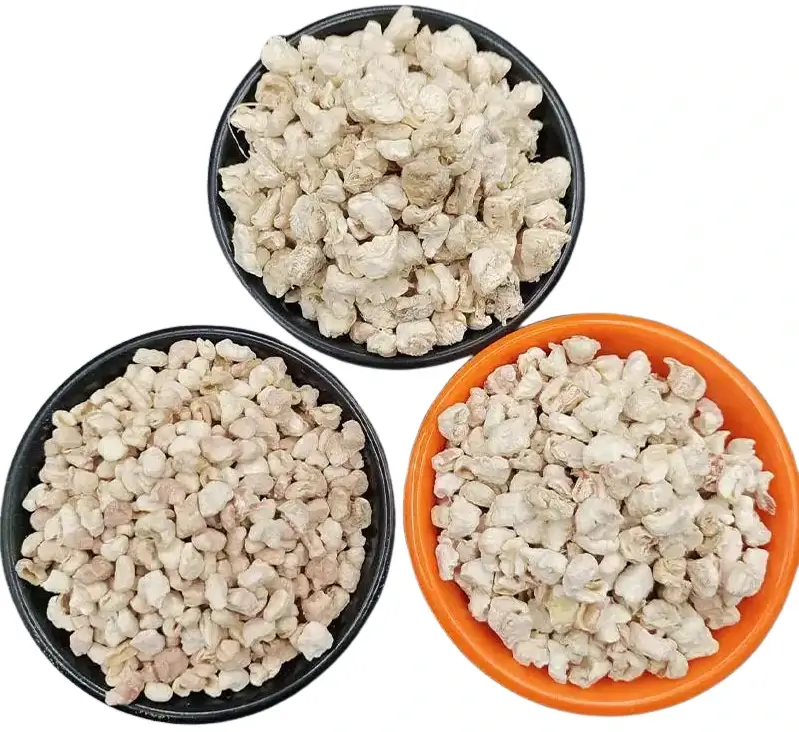
fly ash dust
The Rising Importance of Fly Ash Dust in Modern Construction
Fly ash, a byproduct of coal combustion from power plants, has gained significant attention for its potential applications in construction and building materials. As societies move towards more sustainable practices, the versatility and benefits of fly ash dust become increasingly relevant. This article delves into the characteristics, benefits, and environmental implications of utilizing fly ash dust in modern construction.
What is Fly Ash Dust?
Fly ash is composed of fine particles that are carried away from the combustion process by flue gases. When collected, it undergoes various treatments to improve its properties and make it suitable for use in construction. Fly ash dust is often classified into two main types Class F and Class C. Class F fly ash is produced from burning hard coal and has pozzolanic properties, meaning it can react chemically with calcium hydroxide in the presence of water to form cementitious compounds. Class C fly ash, derived from lignite or sub-bituminous coal, contains both pozzolanic and cementitious properties, which enhances its usability in cement production.
Benefits of Using Fly Ash Dust
1. Environmental Sustainability The use of fly ash dust in concrete minimizes the environmental impact of construction activities. By recycling this industrial waste, the need for virgin materials such as Portland cement is reduced, leading to lower carbon emissions. In fact, incorporating fly ash can reduce the carbon footprint of concrete by up to 30%, a crucial factor in combating climate change.
2. Enhanced Performance Concrete mixed with fly ash often exhibits improved strength and durability. The pozzolanic reaction contributes to the development of a denser microstructure, which increases resistance to sulfate attack and reduces permeability. This augments the lifespan of concrete structures, reducing maintenance costs and extending service life.
fly ash dust

3. Economic Benefits Using fly ash as a partial replacement for cement can lead to significant cost savings in construction projects. Since fly ash is generally less expensive than traditional cement, it allows for reduced overall construction costs. Moreover, this practice can lead to less material being sent to landfills, providing an economic incentive to adopt fly ash in building processes.
4. Workability Fly ash also improves the workability of concrete mixtures. It enhances the flowability of fresh concrete, making it easier to handle and shape. This can be especially beneficial in large projects where consistency and ease of application are crucial.
Environmental Implications
While the benefits of fly ash dust are considerable, it is essential to recognize the need for responsible handling and usage. The potential leaching of toxic elements such as arsenic, mercury, and lead from fly ash dust into groundwater poses environmental risks. Therefore, regulatory measures and comprehensive testing protocols must be in place to ensure that the fly ash used in construction meets safety and quality standards.
Furthermore, the growing demand for fly ash has raised concerns about its availability, especially as many coal-fired power plants shut down due to environmental regulations. This necessitates exploring alternative sources, including biomass ash and other waste materials, to supplement the needs of the construction industry.
Conclusion
In conclusion, fly ash dust presents a significant opportunity for sustainable construction practices, offering both environmental and economic benefits. Its ability to enhance concrete performance while reducing carbon emissions marks it as a valuable resource in the quest for greener building solutions. However, it is crucial to approach its use with caution, ensuring safety standards and sustainable sourcing methods are in place. As innovative solutions continue to emerge, fly ash dust may very well play a pivotal role in shaping the future of sustainable construction, helping us build a cleaner and more environmentally friendly world. With further research and development, its full potential can be realized, making it an indispensable material in the construction industry.
Share
-
Premium Talcum Powder Enhanced with GPT-4 Turbo | Soft & Long-LastingNewsAug.02,2025
-
Fly Ash Solutions Enhanced by GPT-4 Turbo | Sustainable InnovationNewsAug.01,2025
-
Natural Premium Bentonite Cat Litter - Superior ClumpingNewsJul.31,2025
-
Premium Resin Coated Sand - High Heat Resistance CastingNewsJul.31,2025
-
High Quality Silicon Carbide Grit for Abrasive ApplicationsNewsJul.30,2025
-
High-Quality Ceramsite for Plants & Gardening | Lightweight PebblesNewsJul.29,2025






